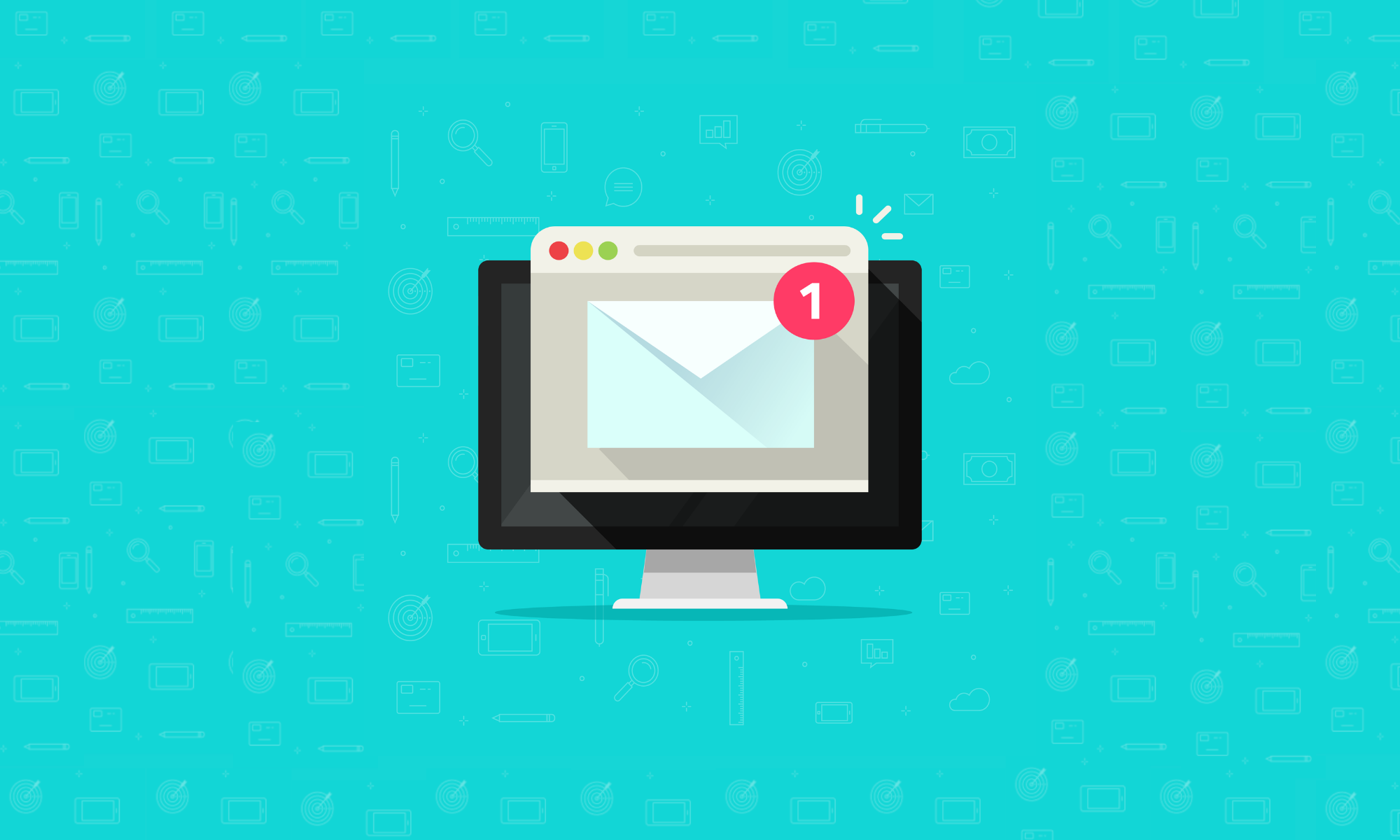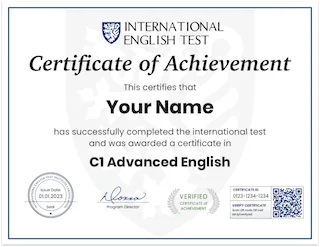“Do you desire a response from your potential customers or partners after sending an email? Achieving this requires more than just a proper introduction; it’s about addressing their specific needs. That’s why follow-up letters are essential. Learn about effective email marketing strategies in our article.”
What is your English level?
Find out your A1 A2 B1 B2 C1 C2 level of English with our quick, free online test.
“What constitutes a strong introductory email? Imagine you’ve never met someone in person and need to send them a message. How can you introduce yourself via email in a compelling manner that entices a prompt response?
In reality, crafting a message to someone you’ve never encountered isn’t a daunting task. However, composing an email that elicits a reply is a distinct challenge. It involves skillful writing and the ability to capture the recipient’s interest right from the subject line.”
To help you puzzle out how to introduce yourself in an email, we’ve put together a list of useful tips and examples. Follow these simple instructions, and you’ll surely get your emails replied.
How to introduce yourself in an email: tips and tricks
“Are you required to send an email to someone entirely unfamiliar? Whether it’s a formal or informal message, there are some effective techniques to ensure a favorable initial impression. Here are 4 steps to grasp the art of self-introduction in English and craft a flawless email.”
Are you C1 Advanced English?
Get your C1 Advanced English certificate now!
✓ Add your certificate to your resume
⭐ ⭐ ⭐ ⭐ ⭐
Write an absorbing subject line
“Consider how many emails you’ve discarded without opening them. In such cases, the quality of the introduction doesn’t matter if the recipient doesn’t open your email in the first place. Crafting a compelling subject line offers you the opportunity to capture attention.
What’s the secret to an ideal subject line? Above all, keep it concise for easy mobile device reading. Spark the recipient’s curiosity while maintaining specificity, conveying the purpose of your message.”
To write a good subject line:
- Refer to common acquaintances
- Mention your brand
- Schedule a meeting
- Mention a job you want to land.

Create catchy introduction
“The introduction or initial statement holds the utmost importance in your email. You need to offer compelling reasons to engage your intended recipients and keep them reading. Avoid emphasizing that you’re a stranger if you want to avoid failure. Here are some of the least favorable phrases to use in your opening line:”
- “You are not familiar with me…
- We haven’t had a face-to-face encounter…
- Even though we have never met…”
“Instead, provide a concise self-description. When introducing yourself via email to a client, employer, or any unfamiliar contact, aim for clarity. A brief sentence stating your name, position, and the purpose of your outreach should suffice. For instance, you can say, “I’m [Name], a [Position] at [Company/Industry].” Tailor the details to be pertinent to the recipient.”

The reason why you write
Now that you have their attention, it’s time to convey your purpose. Keep your message concise, with 2-3 paragraphs sufficing, each consisting of only a few sentences. To prevent your message from being disregarded, ensure that your explanation aligns closely with your recipient’s interests.
Maintain a courteous yet self-assured tone. Avoid phrases like “I understand you’re quite busy, but…” or “I don’t usually ask, but…” as they can convey desperation and insecurity.

Show appreciation and sign with your name
Your closing statement carries nearly as much weight as your opening. The most effective emails are concise, so avoid including superfluous or irrelevant information. Conclude with expressions such as:
- Thank you for your time;
- Thank you for your help;
- Thanks in advance;
- Thank you.
Remember that emails expressing gratitude enhance your likelihood of receiving a response. Additionally, including a signature simplifies the process for the recipient to contact you.
By adhering to these straightforward steps, you can effectively introduce yourself in an email to a colleague or anyone else. Before sending, ensure it’s free of errors and thoroughly check the grammar and spelling. Keep in mind that you only have one chance to create a favorable initial impression.
What is your English level?
Find out your A1 A2 B1 B2 C1 C2 level of English with our quick, free online test.





